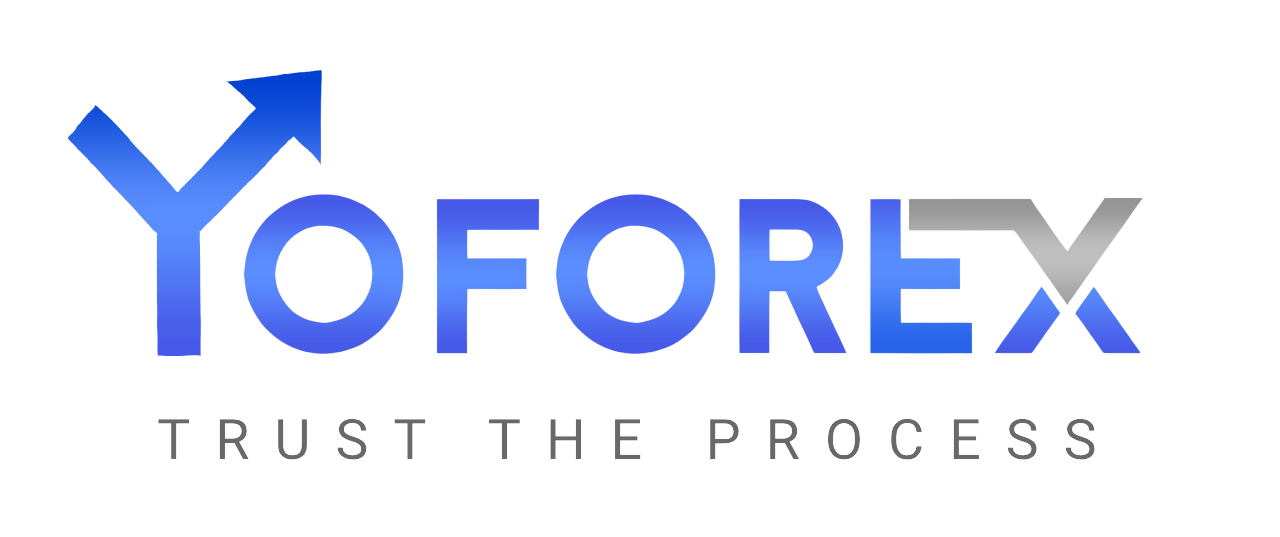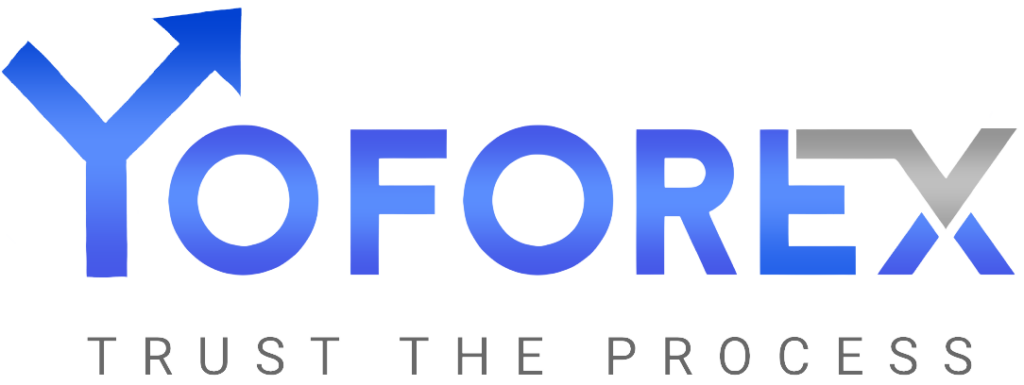In the world of forex trading, conventional data sources like economic indicators, central bank policies, and financial news play a crucial role. However, with the advancement of technology and data science, traders now have access to alternative data sources that can provide deeper insights and a competitive edge. These non-traditional sources of information help forex traders make better-informed decisions by analyzing patterns, trends, and market sentiment in unique ways. In this article, we will explore various alternative data sources for forex insights and how traders can utilize them to enhance their trading strategies.
What is Alternative Data in Forex Trading?
Alternative data refers to non-traditional sources of information that traders and investors use to gain insights into financial markets. Unlike traditional data, which includes government reports, GDP figures, inflation rates, and interest rate decisions, alternative data is derived from unconventional sources such as social media, satellite imagery, search engine trends, and transactional data.
With the increasing complexity of financial markets, alternative data can provide a more comprehensive view of market sentiment and potential movements before they appear in traditional reports. Traders who leverage alternative data effectively can identify market trends earlier and make more precise trading decisions.
Types of Alternative Data for Forex Trading
1. Social Media and Sentiment Analysis
Social media platforms like Twitter, Reddit, and specialized trading forums offer real-time discussions on forex trends, market rumors, and economic events. Traders can use sentiment analysis tools powered by artificial intelligence (AI) and natural language processing (NLP) to gauge market sentiment.
- Example: A surge in discussions about a country’s economy on social media could indicate an impending currency movement.
- Tools: Google Trends, Twitter Sentiment Analysis, AI-powered sentiment analysis tools.
2. Search Engine Trends
Search engines like Google provide valuable data on what people are searching for in real time. By analyzing search trends for terms related to forex trading, specific currency pairs, or economic conditions, traders can anticipate market movements.
- Example: A sudden increase in searches for “USD inflation concerns” could signal growing anxiety about the US economy, impacting the USD.
- Tools: Google Trends, Bing Trends, SEO keyword analytics.
3. Satellite Imagery and Geospatial Data
Satellite imagery can provide critical insights into economic activity, such as industrial production, commodity stockpiles, and trade activity. Hedge funds and institutional investors often use these insights, but forex traders can also benefit from them.
- Example: A decline in oil tankers moving from Middle Eastern ports can indicate a reduction in oil exports, affecting oil-related currencies like CAD, NOK, and RUB.
- Tools: NASA Earth Observatory, Orbital Insight, Planet Labs.
4. Web Traffic and Online Consumer Behavior
Monitoring website traffic data of major companies, financial institutions, and government websites can provide clues about economic activity.
- Example: A sudden surge in traffic to a country’s employment portal could indicate rising unemployment, which may negatively impact that country’s currency.
- Tools: SimilarWeb, Alexa, Google Analytics (for open data sources).
5. Alternative Financial Data Platforms
Some platforms collect and analyze unconventional financial data that can be useful for forex traders.
- Example: Real-time credit card transaction data showing increased spending in a country may indicate strong consumer confidence, supporting that country’s currency.
- Tools: Yodlee, Quandl, Bloomberg Alternative Data.

6. Dark Web and Cybersecurity Intelligence
The dark web can provide insights into financial fraud, hacking attacks, or illicit activities that may impact currency values. Cybersecurity threats, such as a major data breach in a country’s financial sector, could lead to a decline in that nation’s currency value.
- Example: A leaked report on the dark web about an upcoming economic scandal could lead to speculation and volatility in the forex market.
- Tools: Dark web monitoring services, cybersecurity intelligence reports.
7. Mobile App Data
Tracking downloads and engagement levels of financial and banking apps can reveal changing consumer behaviors.
- Example: A surge in downloads of digital payment apps in an emerging economy might suggest increased financial inclusion, which could positively affect that country’s currency.
- Tools: Sensor Tower, App Annie.
8. News Sentiment and AI-Powered Analytics
AI-powered platforms analyze global news sources to provide sentiment insights about different economies and currencies.
- Example: AI-driven sentiment analysis may detect an overwhelmingly negative tone about Brexit-related news, causing potential volatility in GBP.
- Tools: Bloomberg Terminal, Reuters News Analytics, RavenPack.
How to Use Alternative Data in Forex Trading
1. Combine with Traditional Analysis
Alternative data should complement traditional forex analysis methods such as technical analysis, fundamental analysis, and macroeconomic indicators. Traders should validate insights from alternative data with existing models.
2. Utilize AI and Machine Learning
Given the vast amount of alternative data available, AI and machine learning can help traders filter, analyze, and interpret data for better decision-making. Automated trading bots can integrate alternative data sources to execute trades based on new insights.
3. Monitor Real-Time Market Reactions
Forex markets move quickly, and traders should be ready to act on new data in real time. By setting up alerts and tracking dashboards, traders can respond to shifts in sentiment, economic activity, or market trends before the wider market reacts.
4. Develop a Custom Data Strategy
Each trader has unique trading goals and strategies. By identifying which alternative data sources align best with their trading approach, traders can create a tailored strategy that enhances their market predictions.
Challenges of Using Alternative Data
Despite its advantages, alternative data comes with challenges:
- Data Accuracy: Not all alternative data sources are reliable. Traders must verify data before using it.
- Cost of Data Access: Some data sources, such as satellite imagery and transactional data, can be expensive.
- Complexity: Interpreting alternative data requires specialized skills in data science and analytics.
- Regulatory Concerns: Some alternative data sources may raise ethical and legal issues, particularly regarding data privacy.
Conclusion
The forex market is evolving, and traders who leverage alternative data sources gain a competitive edge. Whether it’s social media sentiment, satellite imagery, search engine trends, or web traffic analysis, these unconventional insights can help traders make more informed decisions. However, to maximize the benefits of alternative data, traders should integrate it with traditional forex analysis, use AI tools for better interpretation, and continuously refine their data strategy. By staying ahead of the curve with alternative data, forex traders can navigate the ever-changing market with greater confidence and accuracy.

